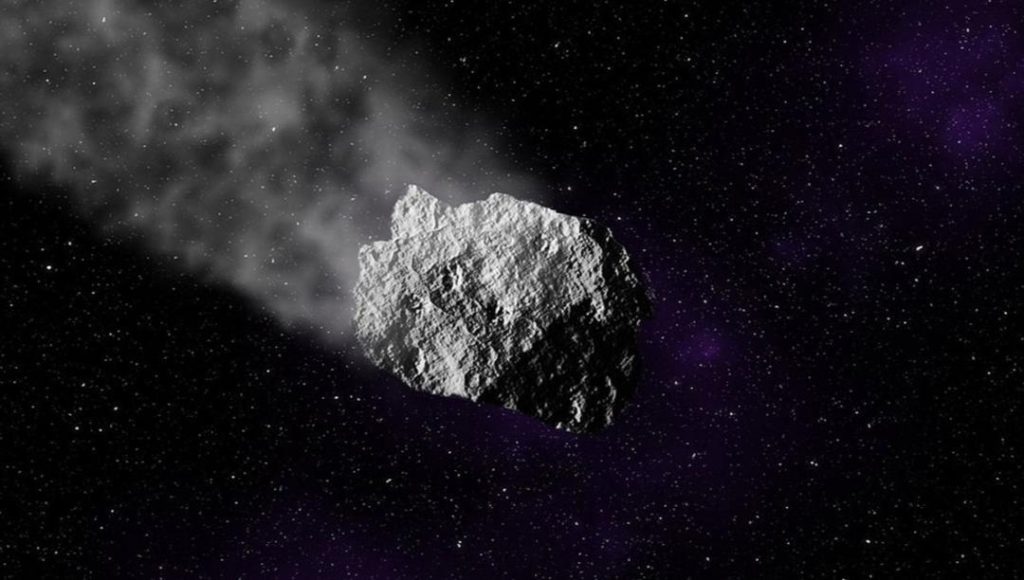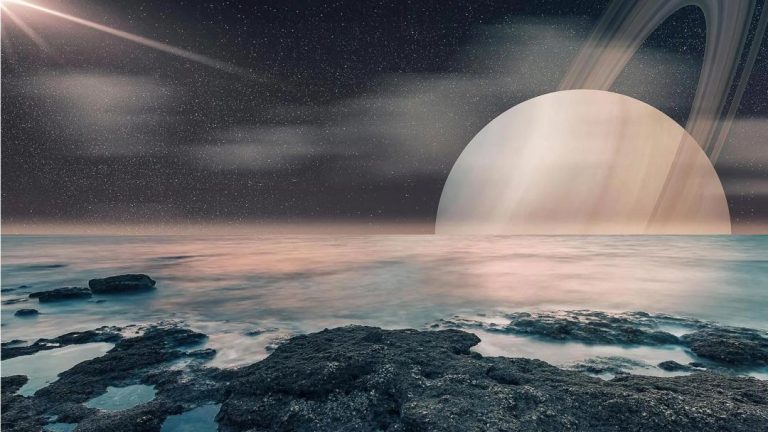
Asteroid 2024 YR4 now has near-zero chance of hitting Earth: NASA
In a significant update, NASA has reduced the risk of asteroid 2024 YR4 hitting Earth in 2032 from 3.1% to nearly zero. According to the latest estimates, the asteroid now poses a mere 0.0017% chance of impact. This news comes as a major relief to scientists and the general public alike, as the previous risk of impact had sparked concerns about a potential “city-killer” asteroid.
Asteroid 2024 YR4, also known as YR4, is a significant asteroid that was first discovered in January 2024. Initially, astronomers estimated that there was a 3.1% chance of the asteroid colliding with Earth in 2032. However, as NASA and other space agencies continued to track the asteroid’s orbit, they were able to refine their estimates and reduce the risk of impact.
The European Space Agency (ESA) has also reported a similar risk assessment, with a 0.002% chance of YR4 colliding with Earth. This means that the moon, which has a 1.7% risk of being hit by asteroids, poses a higher threat to Earth than the asteroid 2024 YR4.
The odds of a safe pass for Earth have been estimated at 99.9983%, making it extremely unlikely that YR4 will collide with our planet. This news comes as a significant relief to scientists and the general public, as the thought of a large asteroid impacting Earth can be unsettling.
So, what led to this reduction in risk? NASA’s Near-Earth Object Program (NEOP) has been tracking YR4’s orbit since its discovery, using a combination of ground-based and space-based telescopes to gather data on the asteroid’s path. As more data became available, scientists were able to refine their estimates and reduce the risk of impact.
The reduction in risk is a testament to the importance of continued investment in asteroid tracking and monitoring. By continually gathering data on near-Earth objects, scientists can better understand their orbits and reduce the risk of impact.
But what would happen if YR4 were to collide with Earth? An impact of this magnitude would likely have catastrophic consequences, including massive destruction and loss of life. The effects of such an impact would depend on a variety of factors, including the size and composition of the asteroid, as well as the location and angle of impact.
In the event of a large-scale asteroid impact, the effects could be felt for generations to come. The immediate effects would likely include massive destruction, including the creation of a crater hundreds of miles wide and deep. The shockwaves from the impact could also trigger massive earthquakes, tsunamis, and volcanic eruptions.
In the long term, an asteroid impact could have a significant impact on the Earth’s climate and ecosystem. The dust and debris thrown up by the impact could block out sunlight, leading to a prolonged period of cold and darkness. This could have a devastating impact on global food production and distribution, leading to widespread famine and social unrest.
It’s a sobering reminder of the importance of continued investment in asteroid tracking and monitoring. By staying one step ahead of near-Earth objects like YR4, we can reduce the risk of impact and ensure the long-term safety of our planet.
In conclusion, the news that asteroid 2024 YR4 now has a near-zero chance of hitting Earth is a significant relief. While the risk of impact was once estimated at 3.1%, NASA and the ESA have been able to refine their estimates and reduce the risk to almost zero. This is a testament to the importance of continued investment in asteroid tracking and monitoring, and a reminder of the potential catastrophic consequences of a large-scale asteroid impact.






